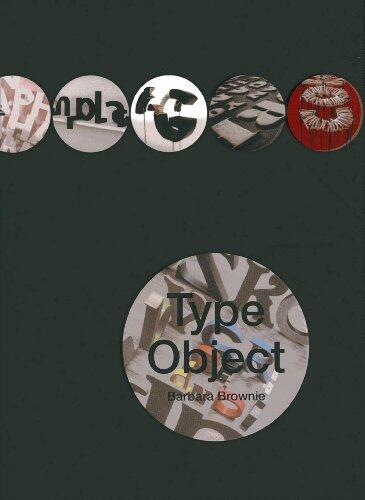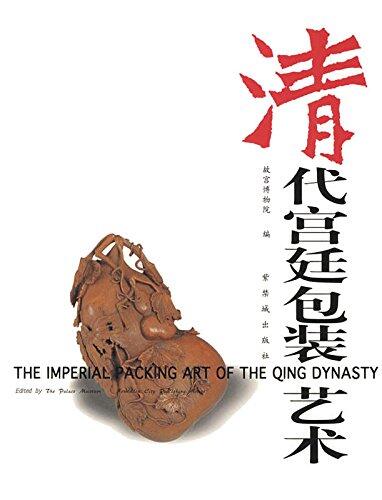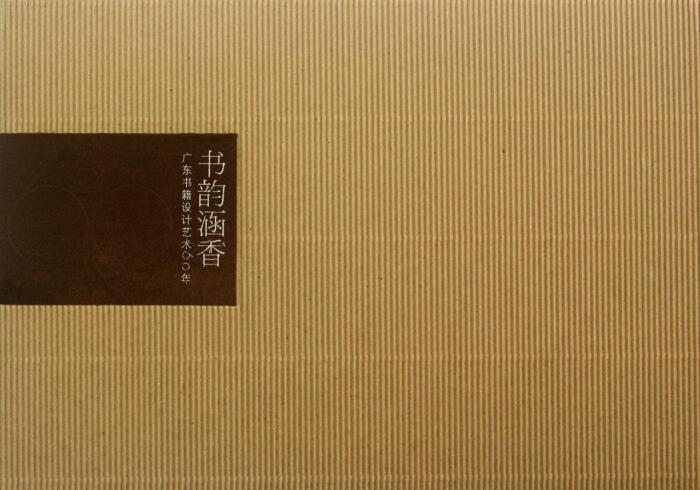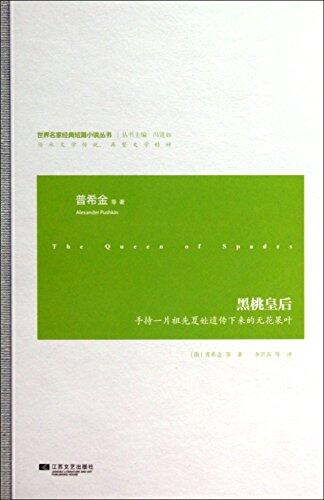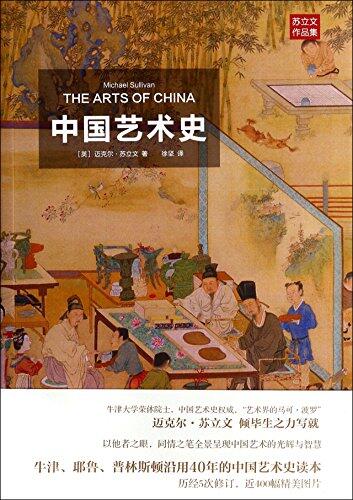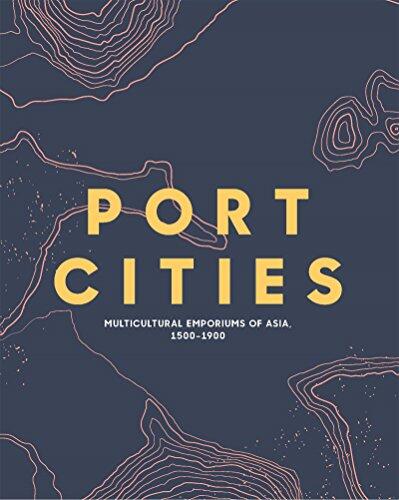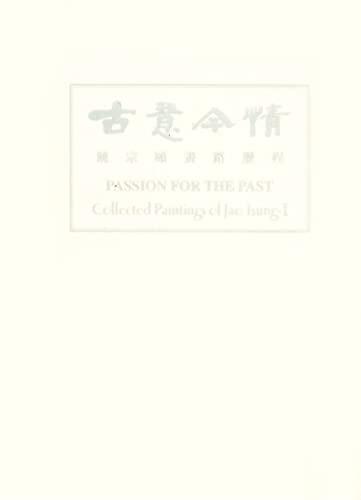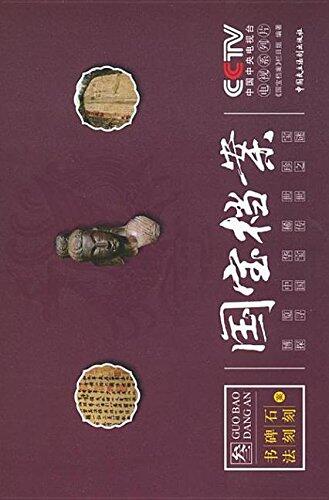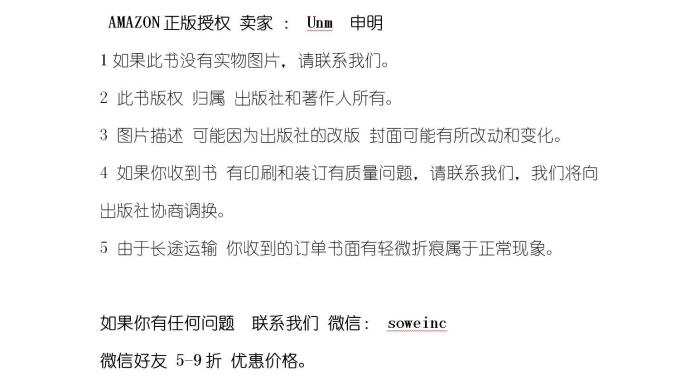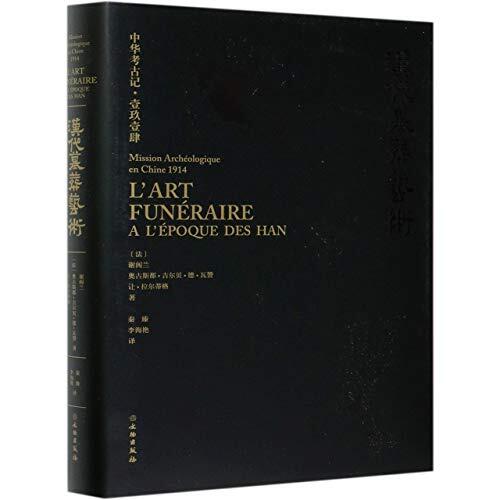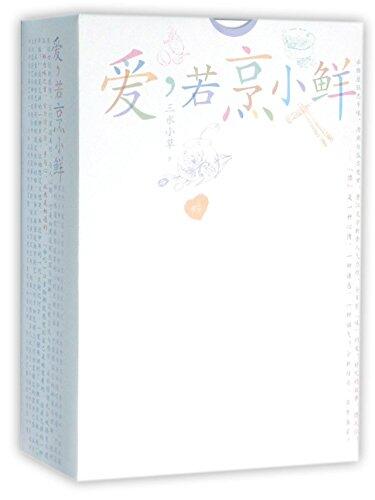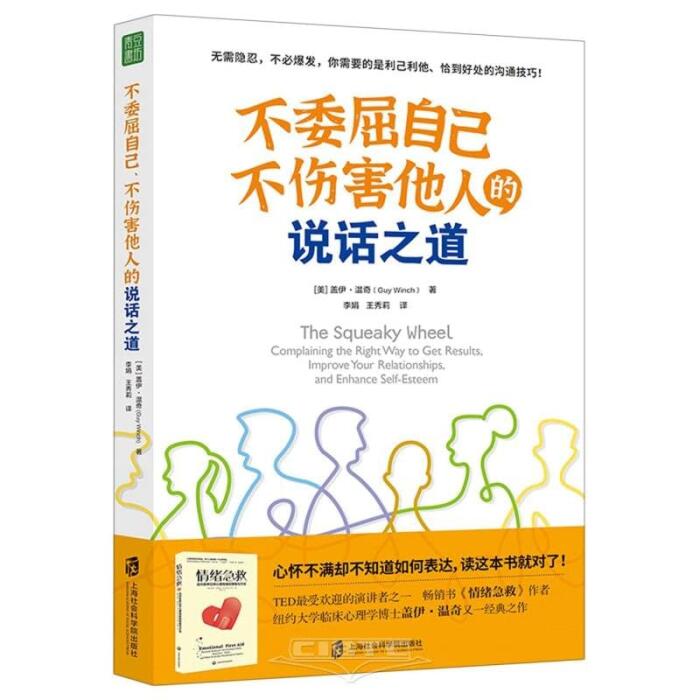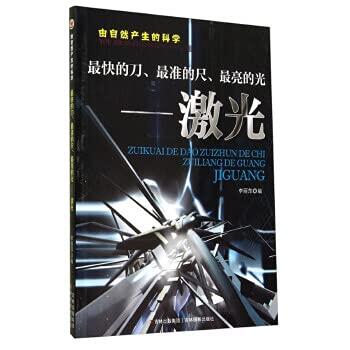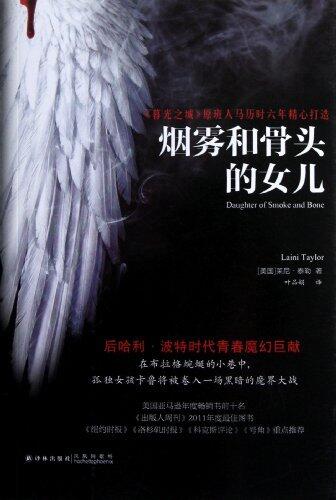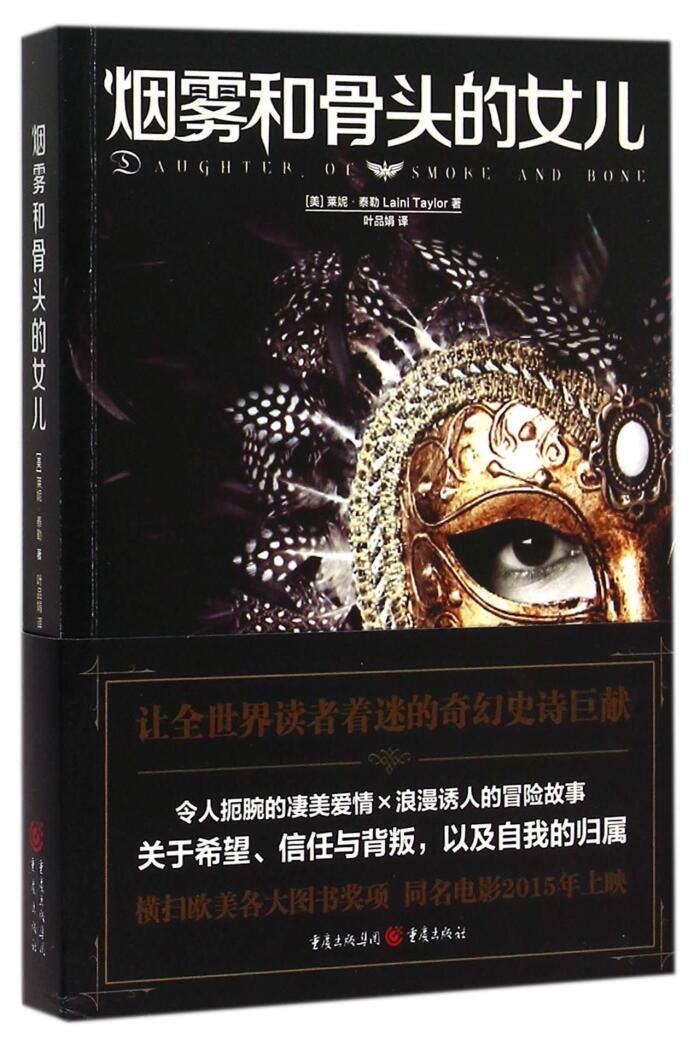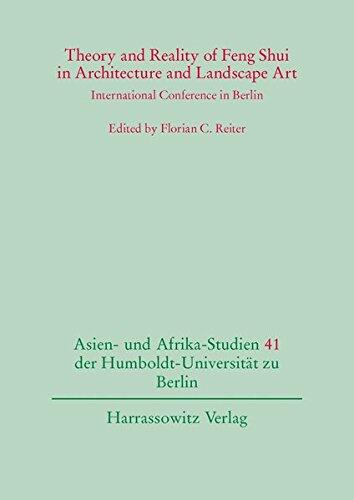
Theory and Reality of Feng Shui in Architecture and Landscape Art
بواسطة
Florian C. Reiter
لا توجد تقييمات بعد
Art & Photography
تنسيق
غلاف ورقي
صفحات
185
لغة
صيني
منشور
Nov 1, 2013
الناشر
Harrassowitz
الطبعة
1., Aufl. ed.
رقم ISBN-10
3447100052
رقم ISBN-13
9783447100052
الوصف
This exploration into the interplay of Feng Shui with architecture and landscape art delves deep into a philosophy that intertwines the human experience with the natural world. Through a collection of scholarly contributions, it reveals how this ancient practice shapes not only individual spaces but also the broader landscape. Authors engage with the principles of Feng Shui, fostering a rich dialogue between tradition and modernity.
The text presents a fascinating juxtaposition between theoretical frameworks and practical applications. Readers are invited to consider how Feng Shui's principles can influence site selection, design, and aesthetics in various cultural contexts. Each chapter illuminates the historical and philosophical underpinnings, providing insights into how these concepts can be applied in contemporary architecture.
Illustrated with vivid examples, the work bridges East and West, showcasing how these principles resonate across different contexts. Scholars and practitioners alike will find value in this nuanced discussion, contributing to ongoing debates on sustainability, harmony, and aesthetic significance in our built environments.
Overall, this study is a testament to the enduring relevance of Feng Shui, urging a reevaluation of how design can foster a sense of balance and well-being. Its dual-language format makes it accessible to a broader audience, enhancing the dialogue around this timeless subject.
The text presents a fascinating juxtaposition between theoretical frameworks and practical applications. Readers are invited to consider how Feng Shui's principles can influence site selection, design, and aesthetics in various cultural contexts. Each chapter illuminates the historical and philosophical underpinnings, providing insights into how these concepts can be applied in contemporary architecture.
Illustrated with vivid examples, the work bridges East and West, showcasing how these principles resonate across different contexts. Scholars and practitioners alike will find value in this nuanced discussion, contributing to ongoing debates on sustainability, harmony, and aesthetic significance in our built environments.
Overall, this study is a testament to the enduring relevance of Feng Shui, urging a reevaluation of how design can foster a sense of balance and well-being. Its dual-language format makes it accessible to a broader audience, enhancing the dialogue around this timeless subject.
